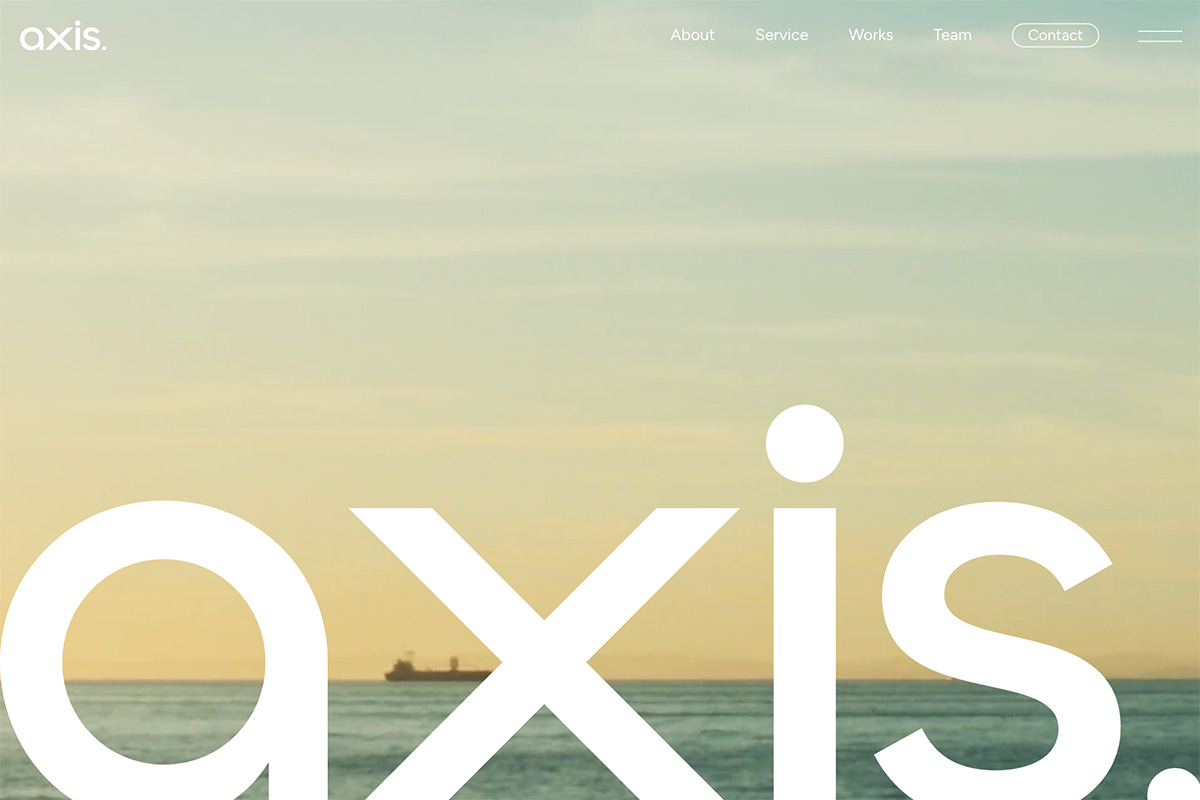Ashio no Yado Kajika’s website is what happens when a digital team truly understands the soul of a place—and knows when to get out of the way. The site doesn’t scream luxury; it whispers hospitality. It opens with sweeping imagery of fog-kissed mountains and inviting hot springs, instantly lowering your blood pressure without asking for your email first. You’re not just browsing; you’re exhaling.
Every design choice reflects omotenashi—that quietly powerful Japanese ideal of deep hospitality. Typography is clean but never cold. The bilingual interface avoids the clunky, “now-switch-to-English” feeling that haunts many travel sites. And the color palette—soft whites, muted greens, natural woods—lets the visuals do what spa music only hopes to: lull you into a state of contemplative calm.
Navigation is intuitive without being insultingly obvious. Visitors glide through sections on accommodations, cuisine, and activities, gently guided by immersive photography and rhythmic pacing. Each scroll is like stepping deeper into the forest, or further into the hot spring. There’s a concept at play here—ma, the Japanese design principle of meaningful space between elements—and this site actually nails it.
Where many Western hospitality sites come at you with popups, banners, and bright-book-now buttons, Kajika’s site respects your space and attention. The calls to action are subtle, maybe too subtle in places—older users might squint at some of the text contrast or search for a more visible “Reserve” button—but the intent is clearly to let the experience breathe.
What sets the Kajika site apart is its refusal to sell through flash. There’s no parallax gimmickry or autoplay video set to faux-orchestral swelling. Instead, you get storytelling through design: quiet, deliberate, and anchored in place. This isn’t just a website about a ryokan. It feels like one. And that’s rare.




